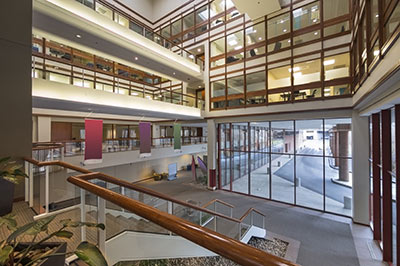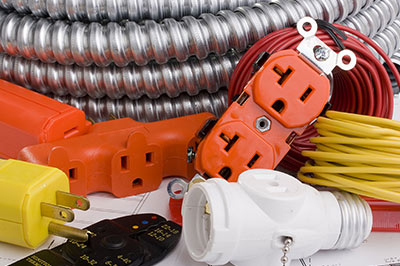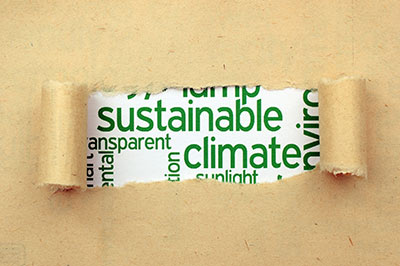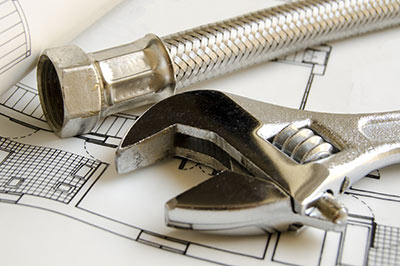Bendici, R.
Historic schools in Boston, built before World War II, are finally receiving a facelift.
On the other side of the country, Carmel USD in California found that controlling and maintaining lighting in nine sites spread over 600 square miles can save energy and maintenance hours.And a 10-year deferred maintenance plan in Sycamore Community Schools in Cincinnati will ensure that statewide testing will be smooth and glitch-free.
Such projects represent just a fraction of construction work underway across the nation’s schools.










